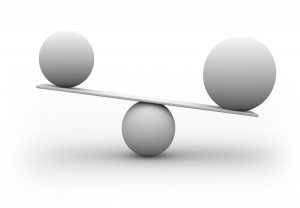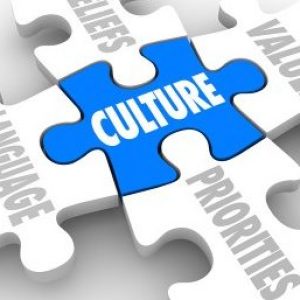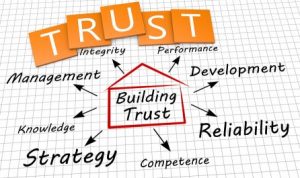
Leadership Courage: Grace Under Pressure
As a leader, how do you experience negative critique from others? Perhaps this is the secret of leadership courage: the skill of gracefully receiving negative

As a leader, how do you experience negative critique from others? Perhaps this is the secret of leadership courage: the skill of gracefully receiving negative

Do you recognize the face of leadership anger? Do you see it coming, before it causes problems? Typically referred to as a secondary emotion, anger is

In today’s dynamic environment, leading is tough. It requires both innate and learned abilities. I wrote about natural abilities in my last post. These are

I’ve been exploring how organizations suffer from a culture of “good-enough.” It’s typically a top-down job – when leaders don’t care enough about being the best

Is your organization suffering in a “good-enough” culture? Here’s how leaders conquer “good-enough” and go from mediocre to excellent. Excellence is a better teacher than mediocrity. ~ Warren

Authentic leaders know themselves well, notes Brenda Ellington Booth, a clinical professor of management at Northwestern University’s Kellogg School of Business. When leaders are self-aware,

Why do nine out of 10 leaders rate so poorly on measures of trust? Whether or not your leaders are trustworthy or not, it doesn’t

From what I observe in organizations, the most difficult conversations for leaders are those where they want to influence a change in someone’s behavior. Although

An organization’s health is only as sound as its leader’s decisions. Some companies prosper from wise leadership directions, while others struggle after flawed choices—choices that

How a leader responds to adversity reveals how effective that leader truly is. Reactions to setbacks or crises not only test leadership character but define

Business is an active, demanding endeavor. Only those who consistently apply themselves succeed. Organizations that thrive require leaders who actively dream, plan, engage, solve, pursue,

Surveys and studies indicate global job dissatisfaction is at a two-decade high. Disengaged employees account for nearly 70 percent of the workforce, which significantly affects







